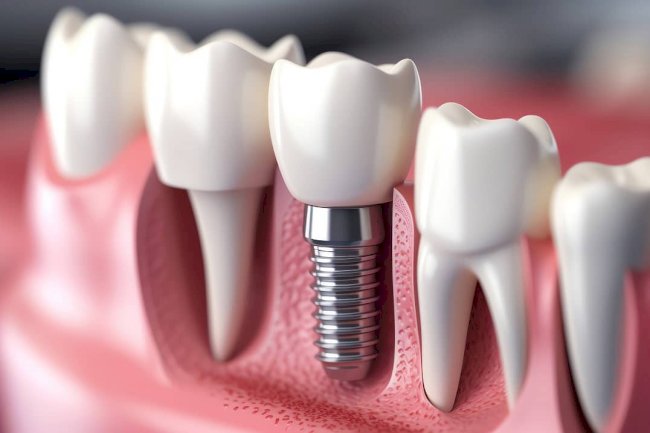How to Optimize Protein Purification Affinity Chromatography?

When I first started working with proteins, I quickly realized that affinity chromatography is one of the most powerful tools in purification. It is a technique that allows us to selectively isolate a target protein from a complex mixture, based on specific binding interactions. Over time, I learned that while affinity chromatography seems straightforward, optimizing each step makes all the difference between a mediocre yield and a highly pure, functional protein. In this article, I want to share how I approach optimizing protein purification affinity chromatography so that others can apply these strategies to their own research or industrial processes.
Understanding the Basics of Affinity Chromatography
Affinity chromatography relies on the principle of specific interactions between a ligand and a protein. For example, His-tagged proteins bind to immobilized nickel ions, while antibodies can be purified using Protein A or Protein G resins. The choice of ligand and resin determines how efficiently the protein binds and how cleanly it elutes.
When I optimize protein purification affinity chromatography, I focus on three key areas: resin selection, binding conditions, and elution strategies. But beyond that, I also pay attention to regeneration, storage, and troubleshooting common issues like non-specific binding or low recovery.
Step 1: Choosing the Right Resin
The first step in optimization is selecting the correct resin. I always consider the following factors:
- Binding specificity – Does the ligand interact only with my protein, or will it capture contaminants too?
- Capacity – Can the resin bind the amount of protein I expect in my sample?
- Stability – Will the resin hold up under the conditions I plan to use (pH, salt concentration, temperature)?
- Reusability – How many purification cycles can I run before the resin loses efficiency?
For example, when I purify His-tagged proteins, I usually choose between Ni-NTA and Co-based resins. While nickel resins often provide higher binding capacity, cobalt resins give me cleaner results with fewer contaminants. This choice depends on whether yield or purity is more important for my experiment.
Step 2: Optimizing Binding Conditions
Getting the protein to bind efficiently is crucial. I optimize this by controlling the buffer composition. Here’s what I adjust:
- pH: Proteins have optimal binding at certain pH ranges. For His-tagged proteins, binding is usually best at neutral to slightly basic pH (around 7.5–8.0).
- Salt concentration: Too much salt can reduce binding efficiency, while too little can allow non-specific binding. I often test a range of salt conditions.
- Additives: Adding imidazole at low concentrations (5–20 mM) during binding can reduce non-specific interactions without affecting the target protein.
Through trial and error, I discovered that even small tweaks in buffer composition can significantly improve purity and yield.
Step 3: Washing for Purity
Once the protein binds, I focus on washing away impurities. This step is where I prevent contaminants from co-eluting with the protein. To optimize washes, I:
- Gradually increase imidazole concentration (or other competing agents) in wash buffers.
- Adjust ionic strength to reduce weak, non-specific interactions.
- Test different wash volumes. Sometimes using more wash buffer is better than increasing stringency.
I find it helpful to collect and analyze wash fractions using SDS-PAGE. That way, I can determine if valuable protein is being lost during the wash and adjust conditions accordingly.
Step 4: Smart Elution Strategies
Elution is where I recover the target protein, and this step is often the trickiest. My goal is to elute the protein without denaturing it or co-eluting contaminants. I typically optimize elution by:
- Using gradient elution rather than step elution, as it gives me more control over protein release.
- Adjusting imidazole concentration (for His-tags) or pH (for antibody purification).
- Testing temperature sensitivity. Some proteins are more stable when eluted at low temperatures.
In one project, I had trouble with protein aggregation during elution. By lowering the imidazole concentration and eluting at 4°C, I was able to maintain solubility. This taught me that elution conditions must always be customized to the specific protein.
Step 5: Preventing Protein Loss
Even after successful binding and elution, protein loss can occur. To minimize this, I:
- Pre-treat all buffers with filtration to prevent particulates from clogging the resin.
- Avoid harsh mixing, which can shear fragile proteins.
- Include stabilizers like glycerol or reducing agents when necessary.
For storage, I either freeze aliquots at –80°C with cryoprotectants or keep proteins at 4°C if they are short-lived. Stability testing is part of optimization, too, because no purification is complete unless the protein remains functional.
Step 6: Resin Regeneration and Maintenance
One overlooked part of affinity chromatography optimization is resin care. A well-maintained resin can last through multiple purification cycles, saving costs. I regenerate the resin after each use with recommended cleaning buffers, store it in ethanol or bacteriostatic agents to prevent microbial growth, and monitor for reduced binding capacity over time.
Neglecting resin maintenance not only decreases yield but can also compromise purity. Keeping track of how many cycles a resin has undergone helps me know when to replace it.
Step 7: Troubleshooting Common Problems
Over time, I’ve faced several challenges while trying to optimize protein purification affinity chromatography. Here’s how I handle them:
- Low binding: Check if the tag is accessible or if the buffer pH is suitable.
- Co-elution of contaminants: Increase wash stringency or use tandem purification steps.
- Protein precipitation: Lower elution concentration, add stabilizers, or optimize temperature.
- Loss of activity: Test milder elution conditions to preserve protein structure.
Every problem has a solution, but it requires patience and systematic testing.
Practical Applications of Optimization
By following these optimization steps, I’ve managed to consistently achieve higher purity and yield in my projects. Whether I was purifying enzymes for structural studies or antibodies for diagnostic use, fine-tuning affinity chromatography saved time, money, and effort.
For industrial-scale processes, optimization becomes even more critical. Scaling up requires careful monitoring of flow rates, pressure, and buffer consumption. In my experience, pilot-scale runs are essential before committing to large-scale purification.
Final Thoughts
Affinity chromatography is an incredibly powerful technique, but it only delivers maximum results when optimized. By carefully choosing the right resin, adjusting binding and wash conditions, fine-tuning elution strategies, and maintaining the resin properly, I have been able to consistently achieve high-quality protein preparations.
If you’re struggling with inconsistent results or low yields, I encourage you to adopt a systematic approach. Test one parameter at a time, keep detailed records, and don’t be afraid to experiment with new conditions.
Contact Us
If you are looking for guidance or support in protein purification affinity chromatography, I am always open to sharing my expertise and helping you overcome challenges. Contact us today to discuss how optimized purification strategies can improve your results and efficiency.
What's Your Reaction?















